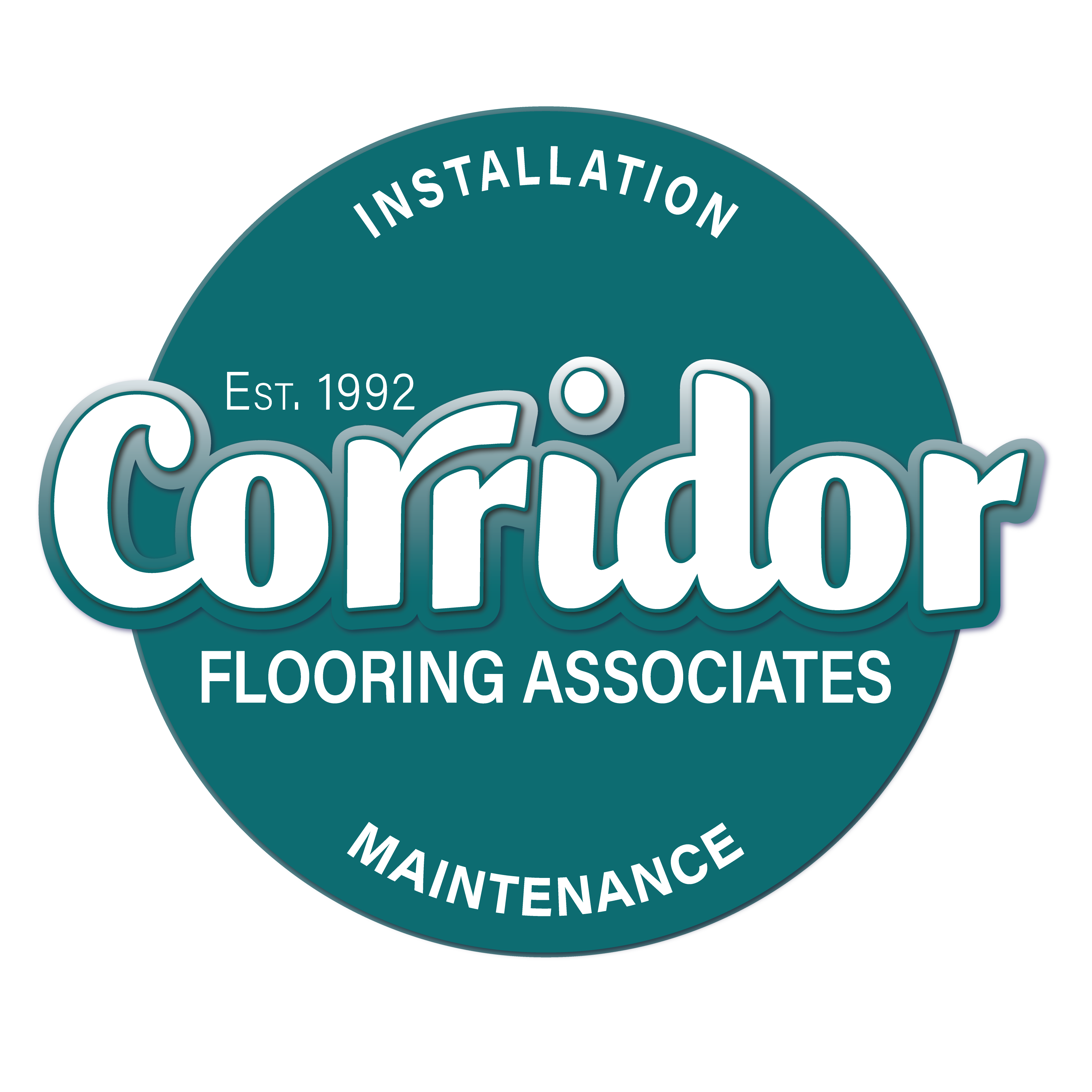The Need For Flooring Installers
Congratulations! You’ve just completed that long overdue paint and carpet refresh in your facility. You selected an aesthetically pleasing material (which everyone agreed on no doubt), set aside the funding to pay for it (because there is always a surplus in the budget, right?), had everyone pack up their offices and/or relocate for the day (Tom in accounting has been accumulating paper piles for his entire 20 year tenure, which ironically is the same amount of time that carpet has been down), and finally proceeded with the installation. It really is quite a process, and too often is put off until the last minute because of the rigamarole. I’m certain it’s not a project you want to repeat any time soon. I would like to discuss a vital step (and one of the most ignored) that will help extend the life of your carpets.
Of course, implementing an overall maintenance plan from the very beginning is critical. An effective program which includes preventative, daily, interim, and deep cleaning based on the specific use of your facility. The single most important step falls under the “daily” category: VACUUMING! Frequent and thorough vacuuming is paramount to the maintenance process. Studies show that up to 80% of the soil makeup in a commercial facility is dry, insoluble soil. And what is the most effective way to remove it you ask? Vacuuming. Soiling is a cumulative process, meaning, the longer you let it build up, the dirtier it gets. Over time, this dry soil can lead to abrasion of the fibers, resulting in degradation of your carpet, and can create a dullness in appearance. This is true especially in areas where excess amounts of granular soil or salt/ice melt products are tracked in.
All commercial carpet manufacturers have required maintenance guidelines that correspond with the material warranty. In the event you ever have an issue with the product and need that warranty, you better hope you’ve been following their maintenance guidelines. Interface carpet states “Proper equipment and technique are critical to the success of the vacuuming program”. The Mohawk Group says “Frequent and thorough vacuuming is the single most important component of a carpet maintenance program”. Shaw Contract “Vacuum (the most important process in your maintenance program”. If vacuuming is the key to a successful maintenance program; are all vacuums created equally?
Commercial vacuums are governed by the Carpet and Rug Institute (CRI), by way of their “Seal of Approval (SOA)” program. As stated on the website carpet-rug.org “CRI works as a partner with the carpet industry to supply science-based information and insight into how carpet and rugs can create a better environment for living, working and learning”. All the aforementioned carpet manufactures, along with the other commercial carpet manufacturers, require the use of equipment that is certified under this specific Seal of Approval program. A group of representatives from both the carpet and vacuum cleaner industry, along with peer review scientists developed The Standard and test protocols for this program. The program tests soil removal, dust containment, and appearance retention. The first step is to make sure that your team is using on of these approved machines. A list of certified products can be found at www.carpet-rug.org. Types of vacuums include backpacks, canisters, uprights or hip. In most cases, upright machines with a HEPA filter and disposable bags are recommended (please refer to the specific manufacturer guidelines for your material).
Once you have your certified vacuum, the next step is to make sure that your staff is trained properly on how to effectively operate it. This is very important, as proper vacuuming methods can lend to the overall success of carpet care, save time, and reduce labor costs. Roller brushes/roller bars should be used to agitate and loosen soil. Slow passes allow time for airflow to remove deeply embedded soil. The combination of forward and backward passes is most effective in removing soil. Vacuuming takes time, and often multiple passes (especially in severe traffic areas such as entryways or outside of restrooms). Another important piece is vacuum maintenance. It’s crucial that your equipment is up to par. Brushes and belts should be checked periodically, cords and other electrical components inspected for proper safety, and the disposal bags should be changed when 1/2 – 2/3 full.
Corridor Carpet Care (commercial cleaning division of Corridor Flooring Associates) uses a full range of CRI Seal Of Approval Gold Certified equipment when implementing our maintenance programs. Please feel free to reach out to us if you would like a customized maintenance program or if you would like assistance in training your staff to properly use and maintain your equipment. Daily vacuuming by your in-house team is recommended in conjunction with our maintenance programs.
Bottom line: Carpet is a significant investment. Properly maintaining your carpet means protecting your investment. One of the most important steps you can take is to vacuum. This will help maintain the appearance, manage contaminates, improve indoor air quality, reduce airborne dust/allergens, and extend the life of the material. All while contributing to a cleaner, healthier work environment.

